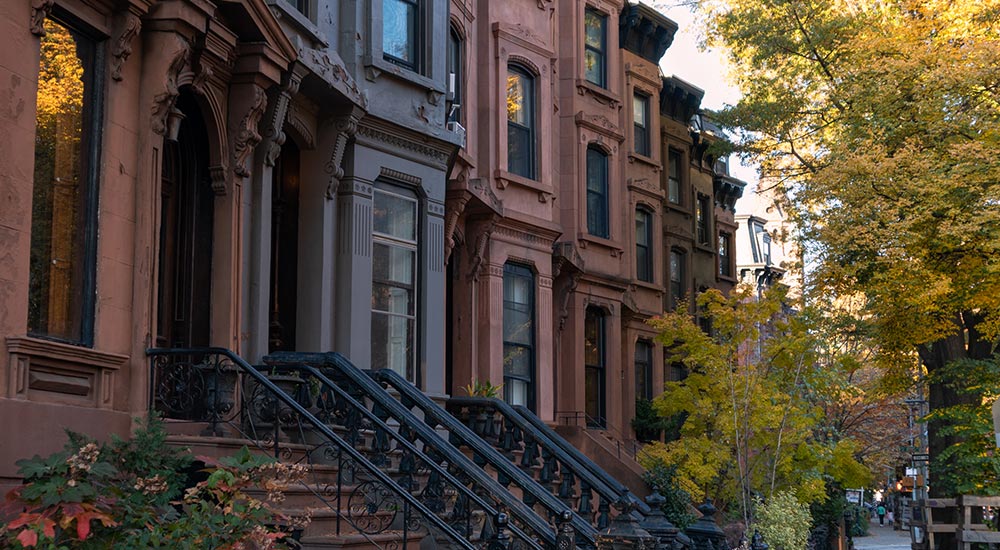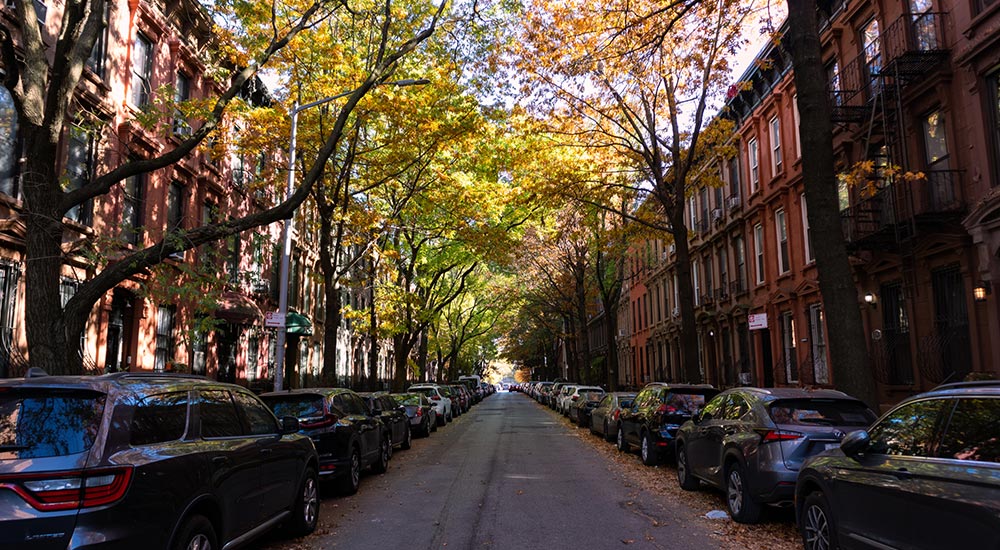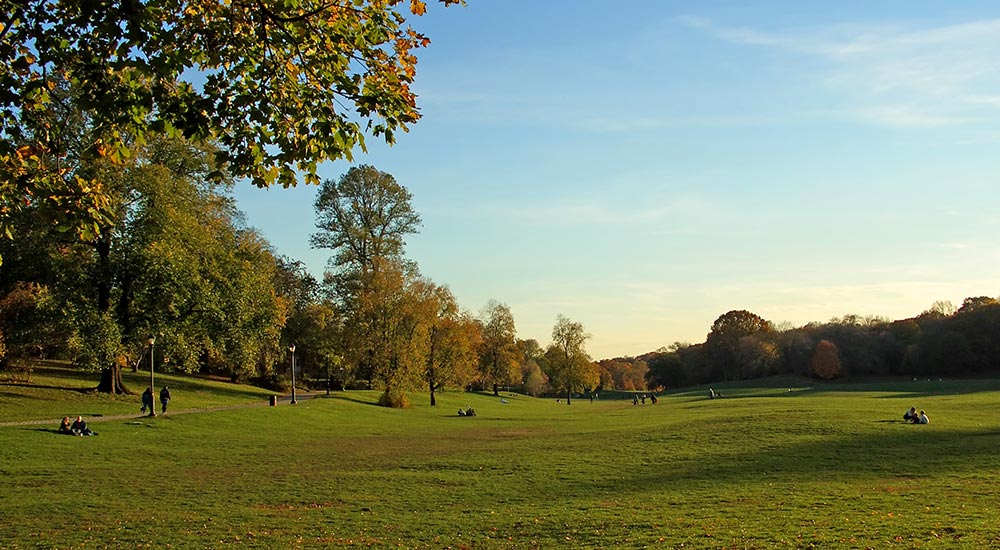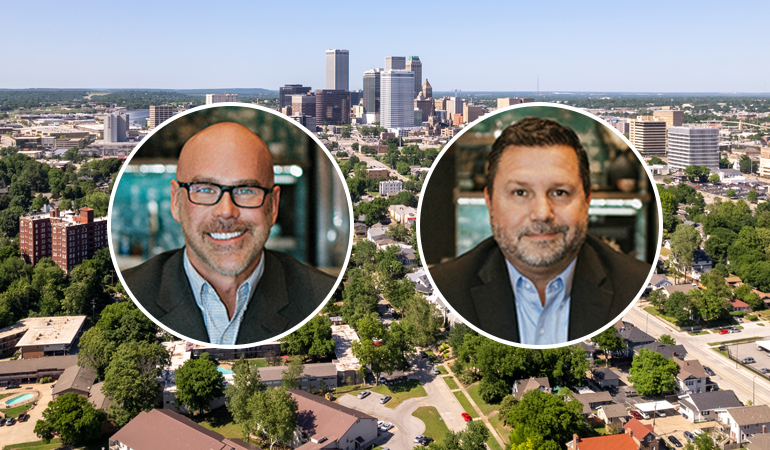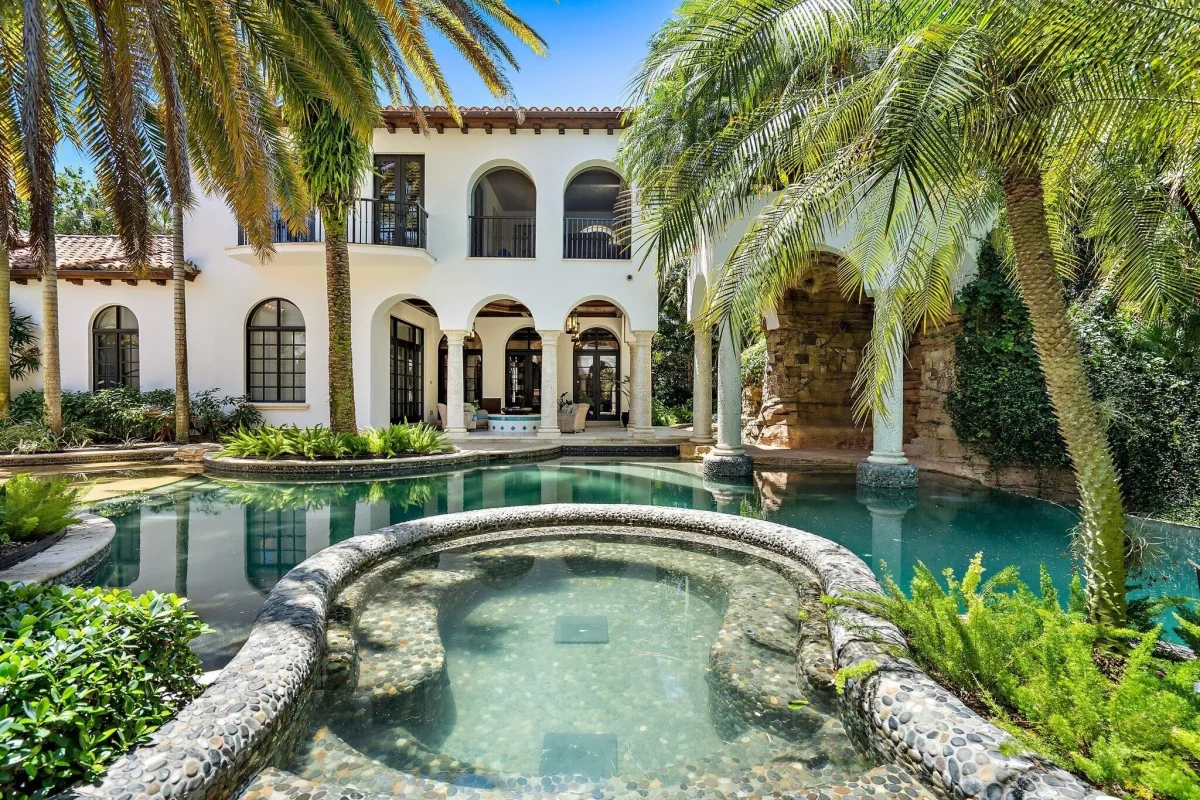BROOKLYN
Park Slope Neighborhood Guide
Park Slope Real Estate Stats
MEDIAN SALE PRICE
$1,700,000
MEDIAN RENT PRICE
An Abbreviated History of Park Slope
NEIGHBORHOOD BOUNDARIES
- 4th Avenue on the West
- Flatbush Avenue on the North
- Prospect Park on the East
- Prospect Expressway on the South
| Ind Culver | F G |
| IRT Eastern Parkway | 2 3 4 5 |
| BMT Fourth Avenue | D N R W |
| Atlantic Avenue-Barclays Center | D N Q R W |
| BMT Brighton | B Q |
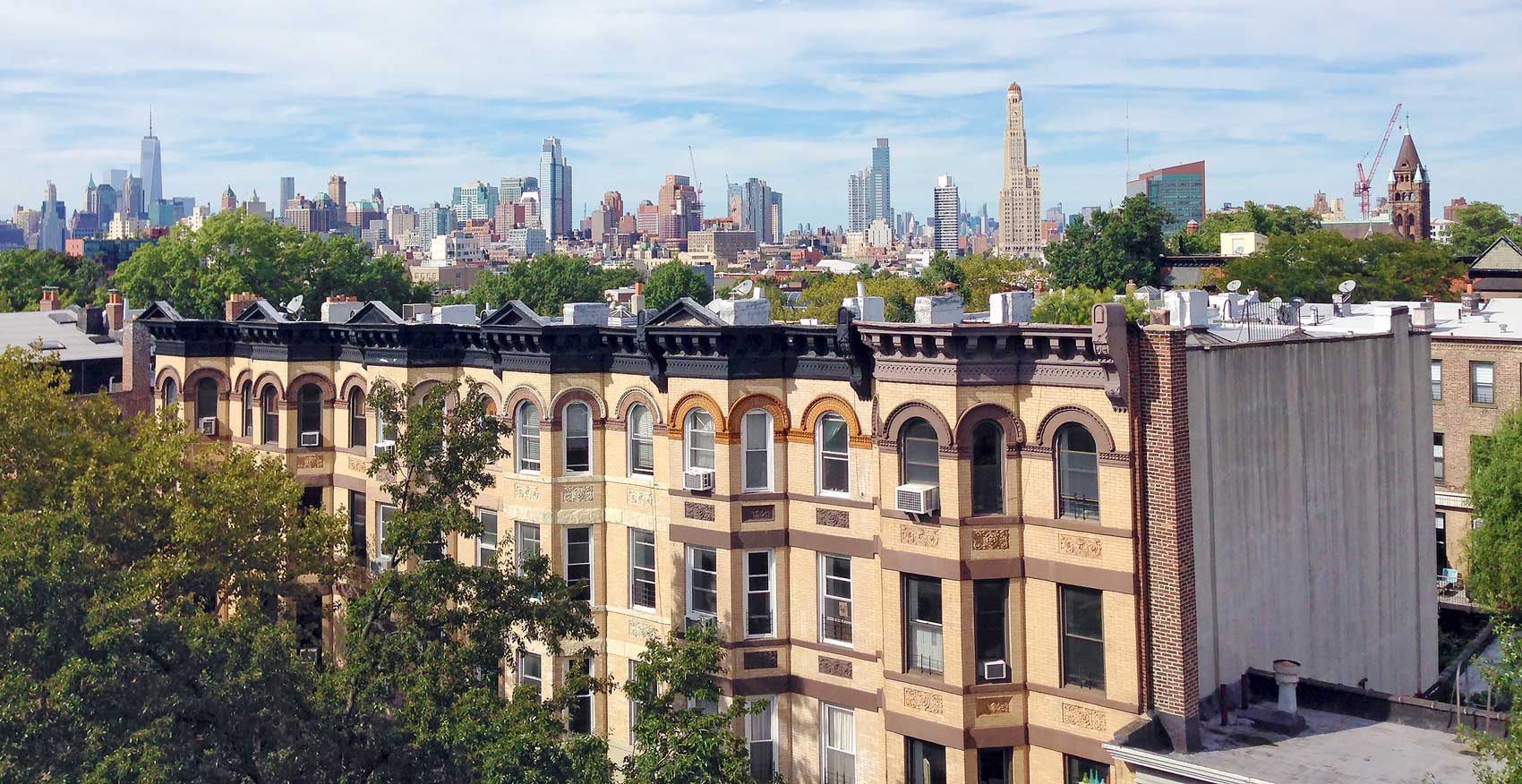
Residents Love This Neighborhood Because
- Community oriented vibe
- Pet friendly
- Lots of restaurants, nail salons, and grocery stores
- Beautiful brownstones and townhouses
- Picturesque, pedestrian-friendly sidewalks
- Organic food markets
What to expect
|
Cafés |
+25 |
|
Hospitals |
5 |
|
Community Gardens |
3 |
|
Dog Runs |
3 |
|
Libraries |
2 |
|
Parks |
4 |
| Playgrounds |
5 |
| Restaurants |
+50 |
| Yoga Studios |
15 |
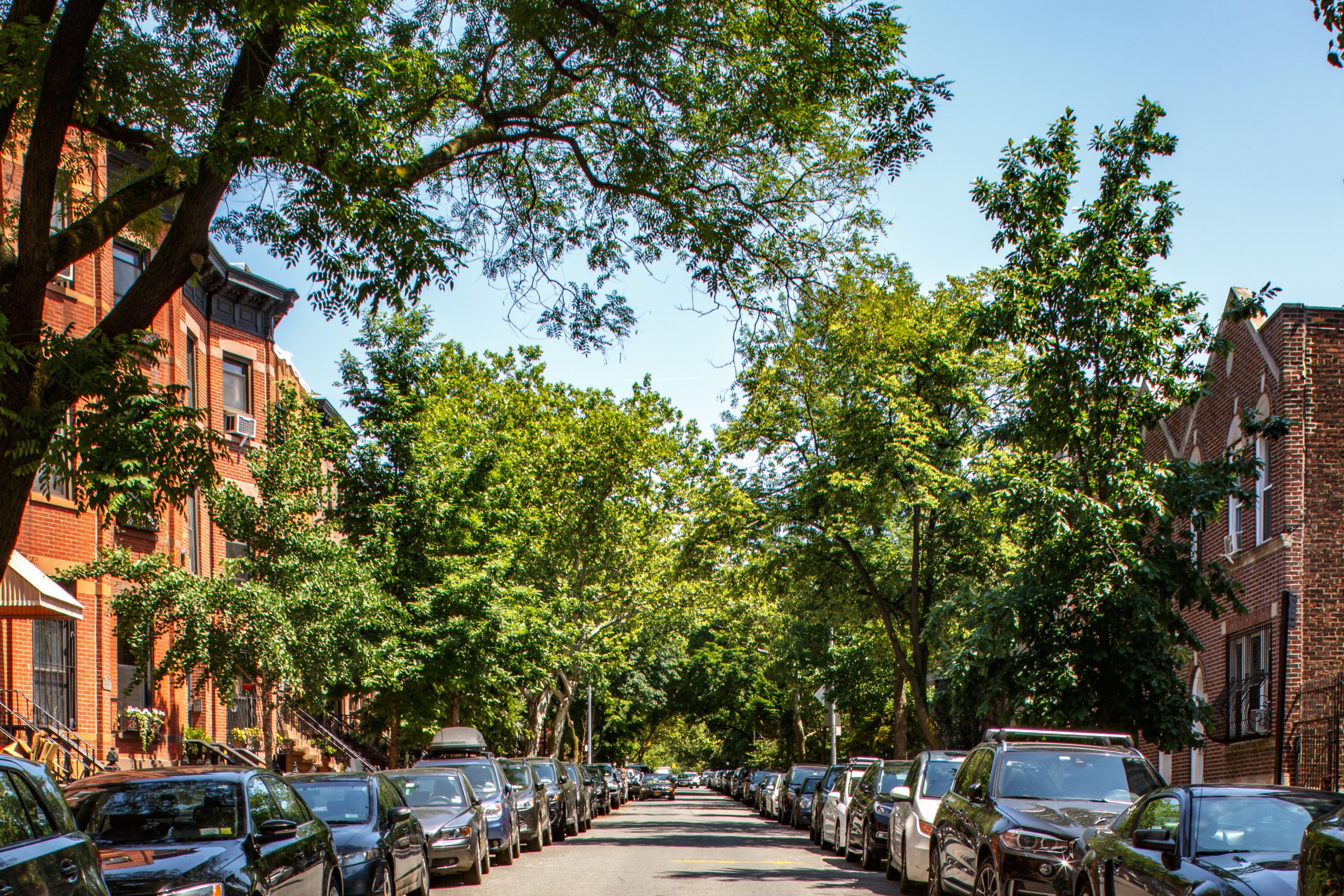
Park Slope Landmarks and Cultural Institutions
A NEIGHBORHOOD TOUR
Prospect Park
The flagship park of Brooklyn was constructed between 1865 and 1895 by the masterminds behind Central Park, Frederick Law Olmstead and Calvert Vaux. Within the 526 acres of Prospect Park lies the Prospect Park Zoo, the Boathouse, Concert Grove, Prospect Park Bandshell, as well as sporting facilities like a tennis center, basketball courts, baseball fields, and soccer fields.
Litchfield Villa
Soldiers and Sailors Memorial Arch
At Grand Army Plaza is the remarkable structure that was dedicated in 1886 to the men who fought in the union forces in the Civil War. On the eastern end of this triumphal arch is a stairway to the observation deck and crowning sculpture. To reflect the Union’s victory in the Civil War, the crowning sculpture depicts the winged goddess of victory, along with several winged attendants removing horses for use in times of peace.
Old Stone House of Brooklyn
This building is a reconstruction of a 1699 Vechte-Cortelyou house that was built after the land was taken from the Lenape Indians. The Old Stone House of Brooklyn also marks the area where the culminating engagement of the Battle of Brooklyn took place in 1776. Today, it is part of the Historic House Trust of New York City and commemorates the birthplace of the Brooklyn Dodgers, as their original clubhouse.
William B. Cronyn House
Park Slope Food Coop
The Park Slope Food Coop, started in 1973, is a community-oriented, member-owned and operated food store that sells goods at the lowest possible prices. Since only members can shop at the coop, responsibilities for keeping the store active and running fall equally on all members. The shop sells a variety of products with an emphasis on minimally processed, organic, healthy foods. The coop also prides itself on its environmentally friendly focus, primarily buying foods from locally produced, earth-friendly vendors.
Architecture In Park Slope
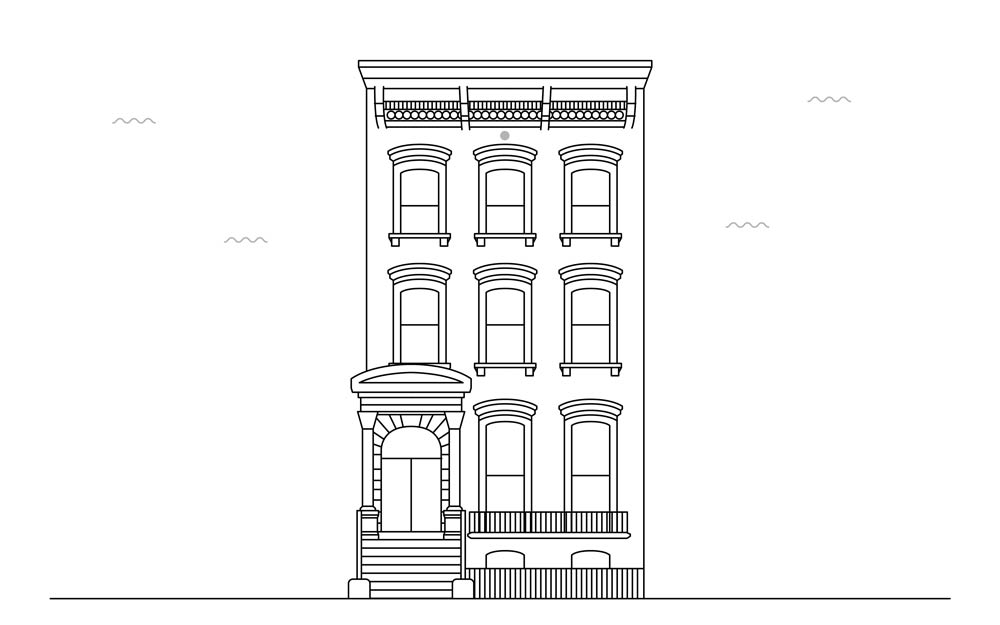
Italiante
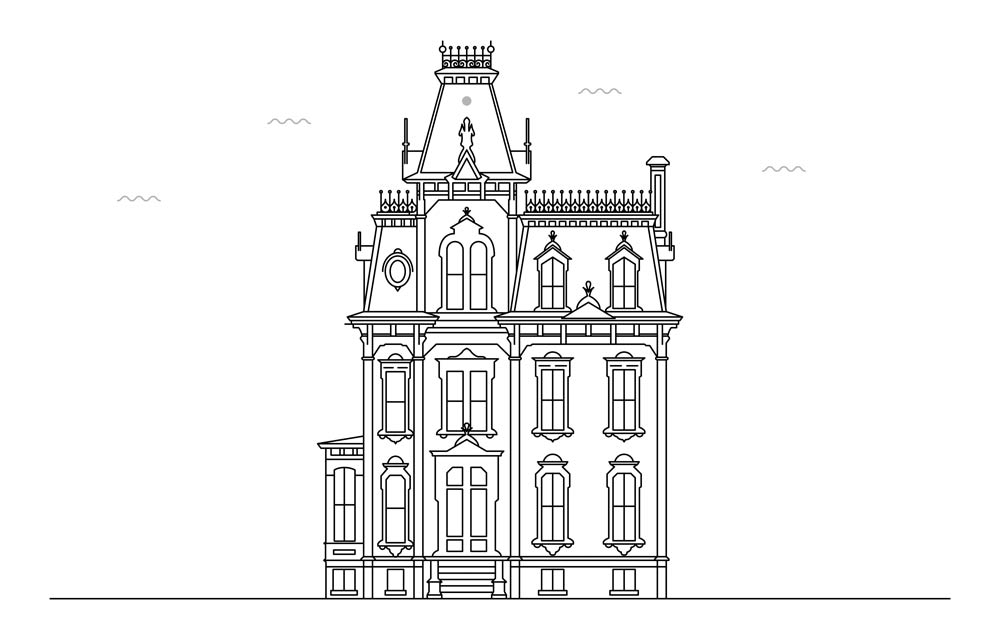
French Second Empire
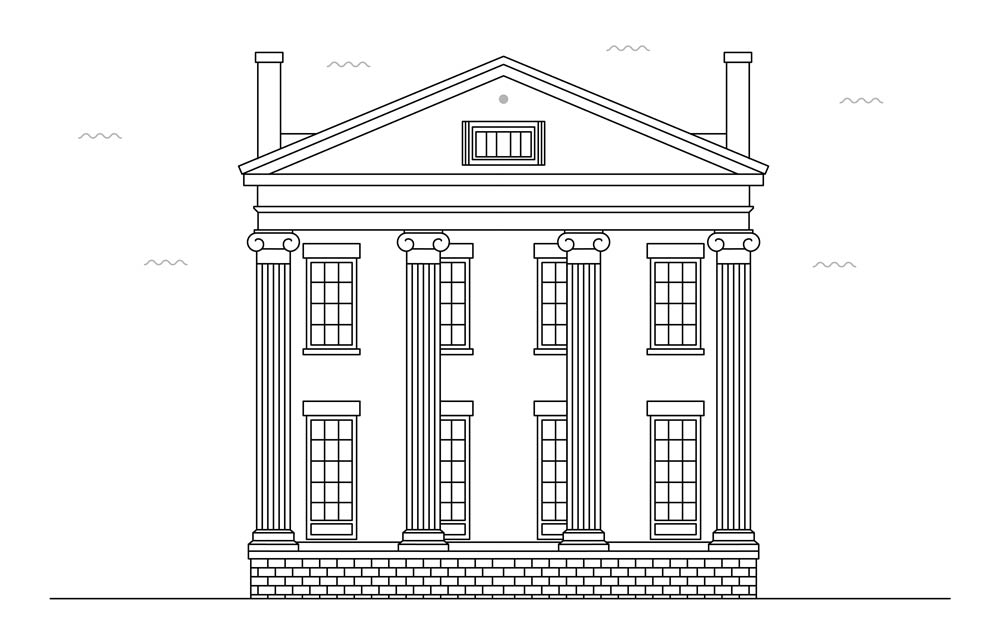
Greek Revival
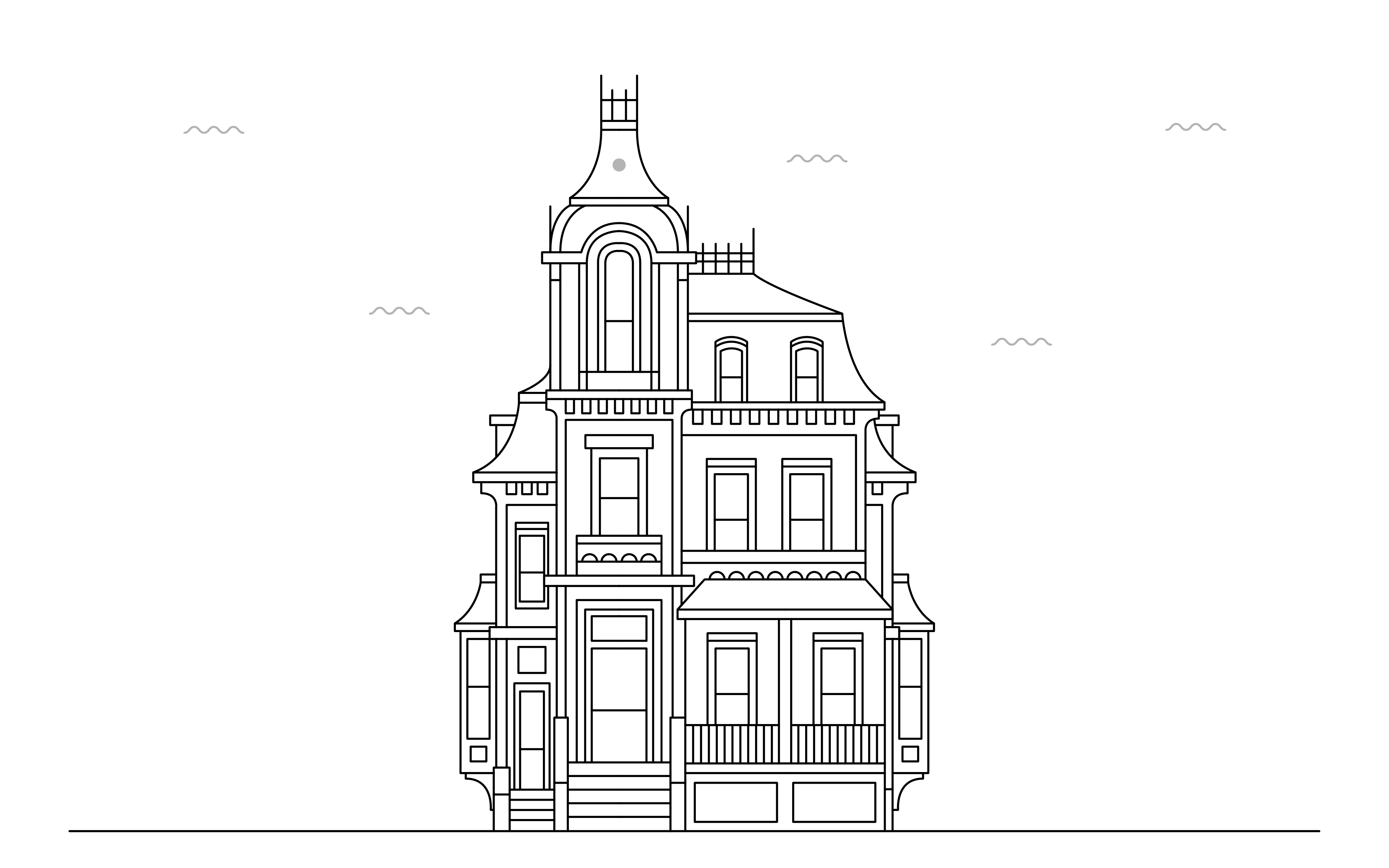
Victorian
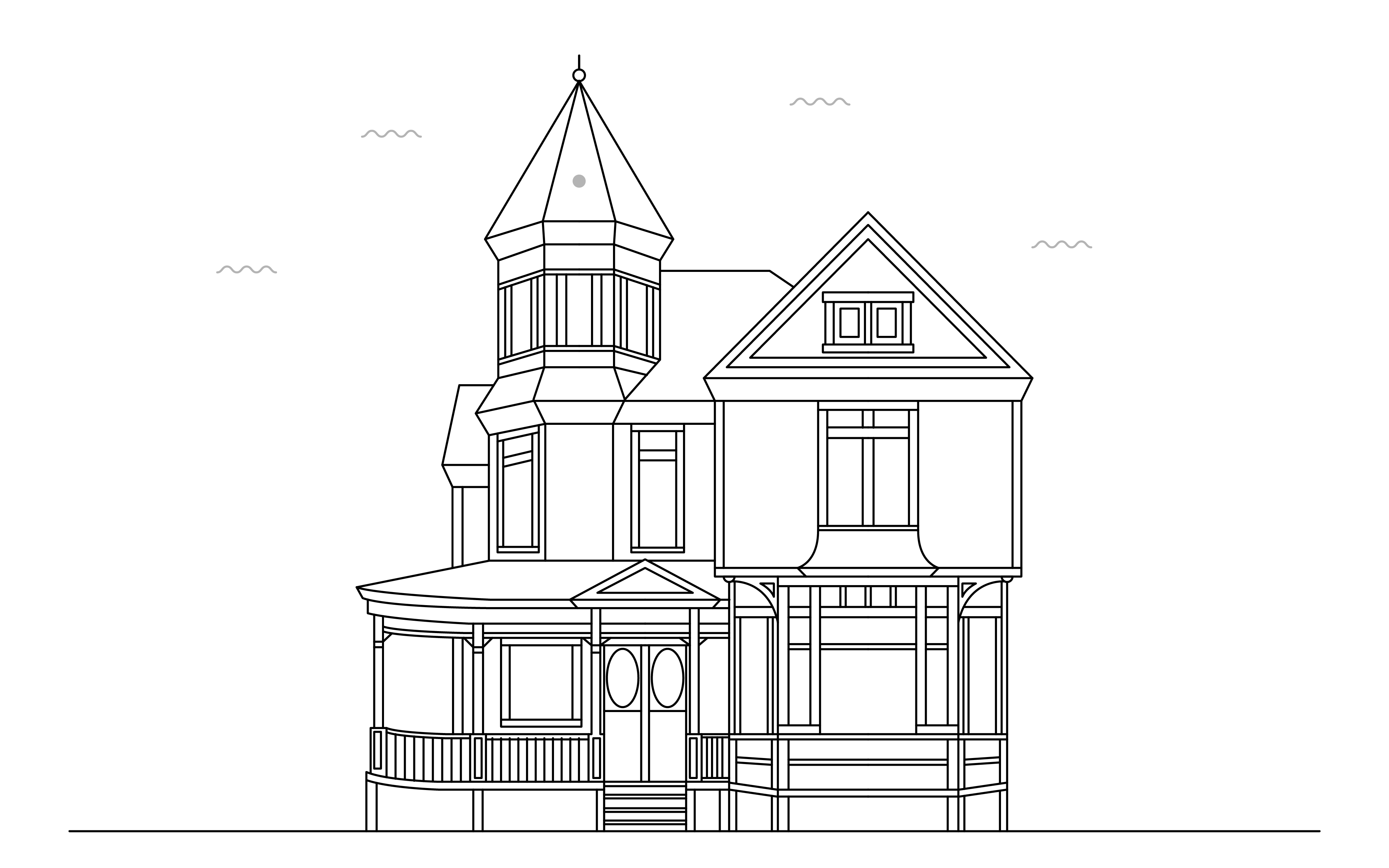
Queen Anne
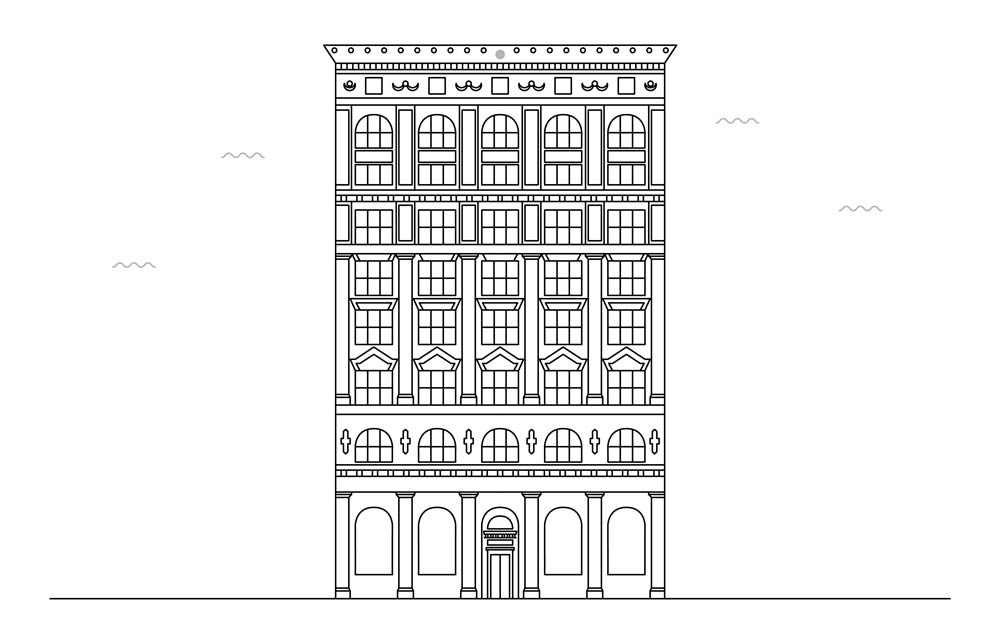
Renaissance Revival
Notable New Yorkers
Who Have Lived in Park Slope

PAUL BETTANY
Actor

STEVE BUSCEMI
Actor, Filmmaker

LAURENCE FISHBURNE
Actor, Producer

TALIB KWELI
Rapper, Entrepreneur
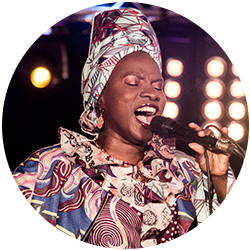
ANGELIQUE KIDJO
Singer-songwriter

PATRICK STEWART
Actor

WENTWORTH MILLER
Actor, Screenwriter

SARAH PAULSON
Actress
Popular Food & Drink
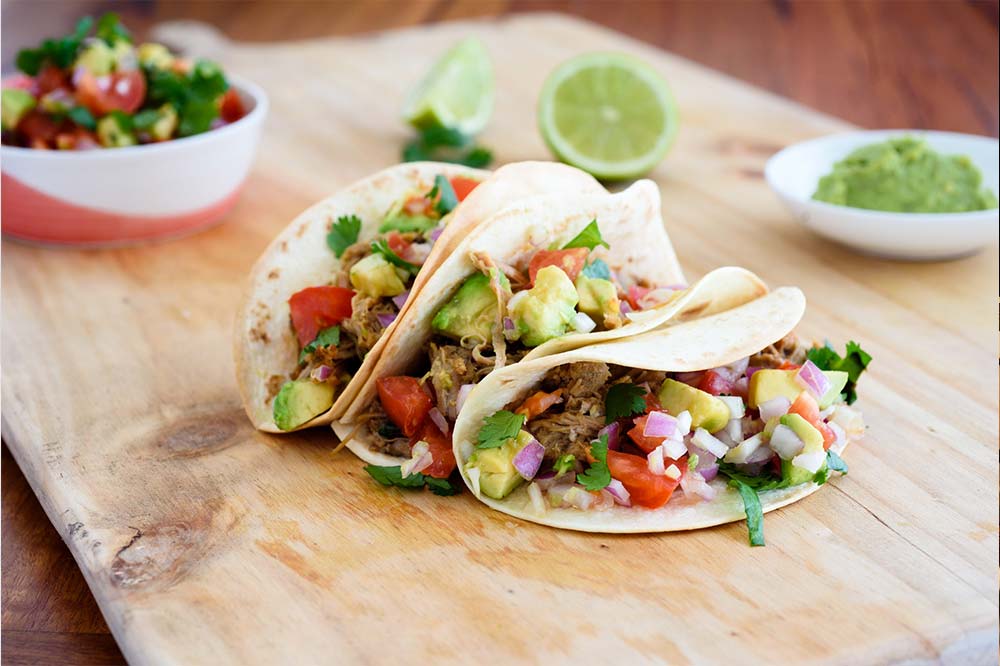
Claro
284 3rd Avenue
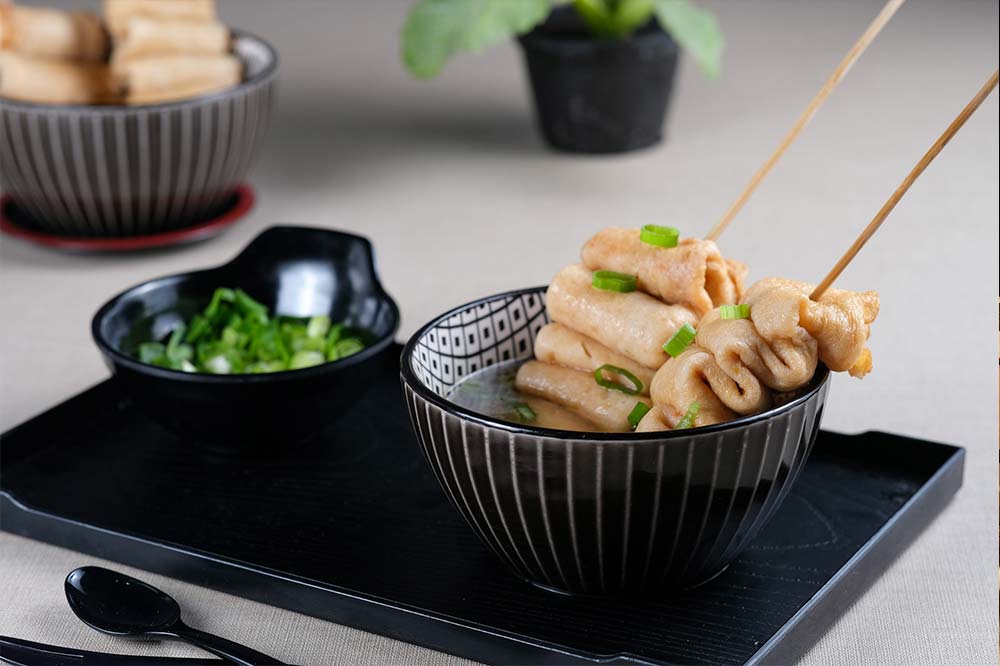
Bricolage
162 5th Avenue

Miriam
79 5th Avenue
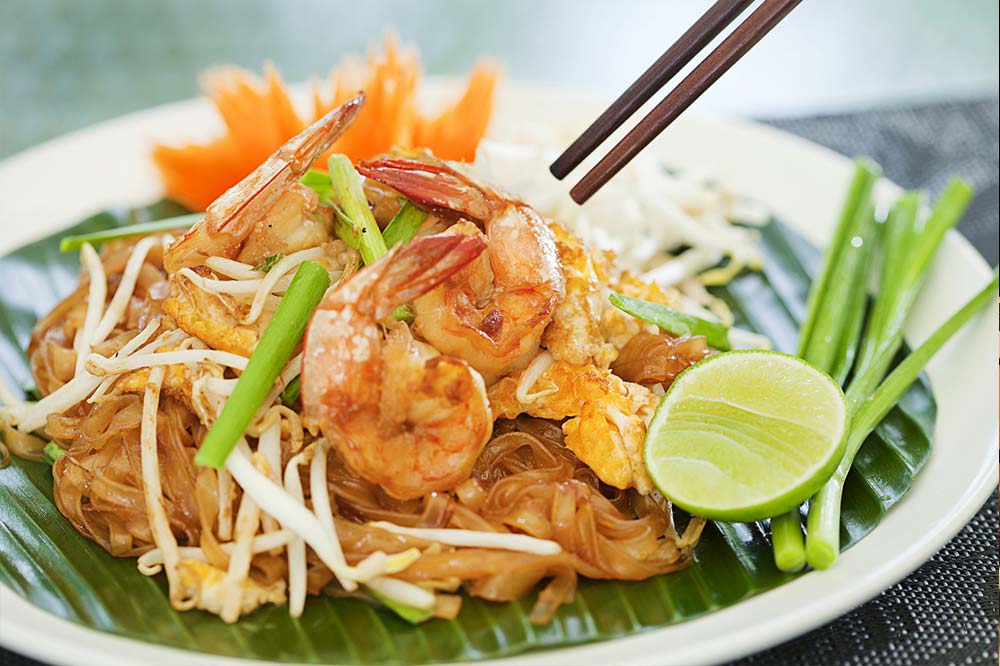
One More Charm
236 7th Avenue
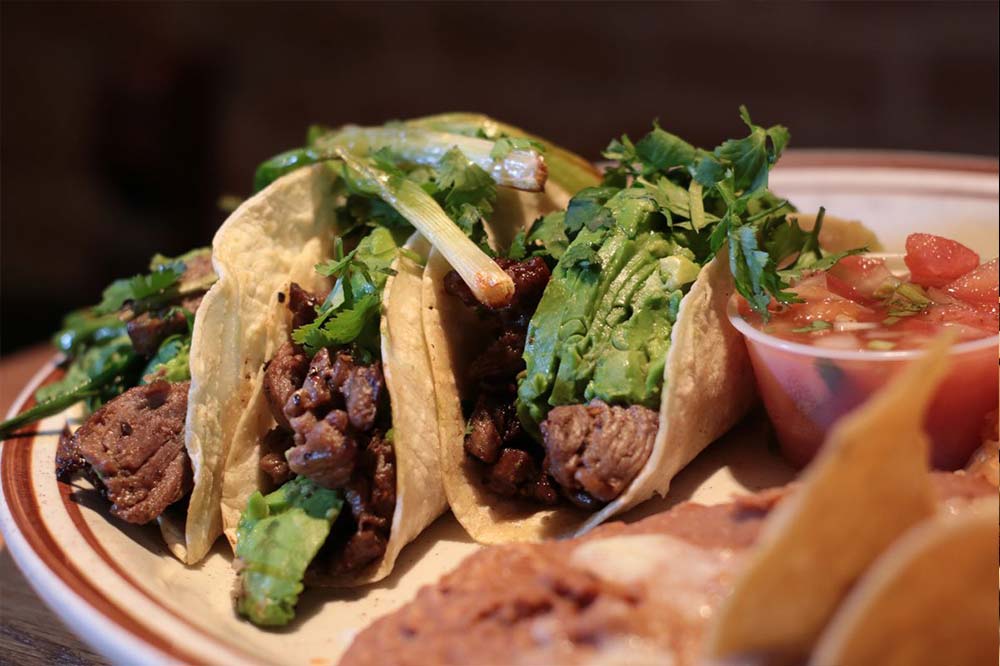
Chela
408 5th Avenue

Scottadito Osteria Toscana
788A Union Street
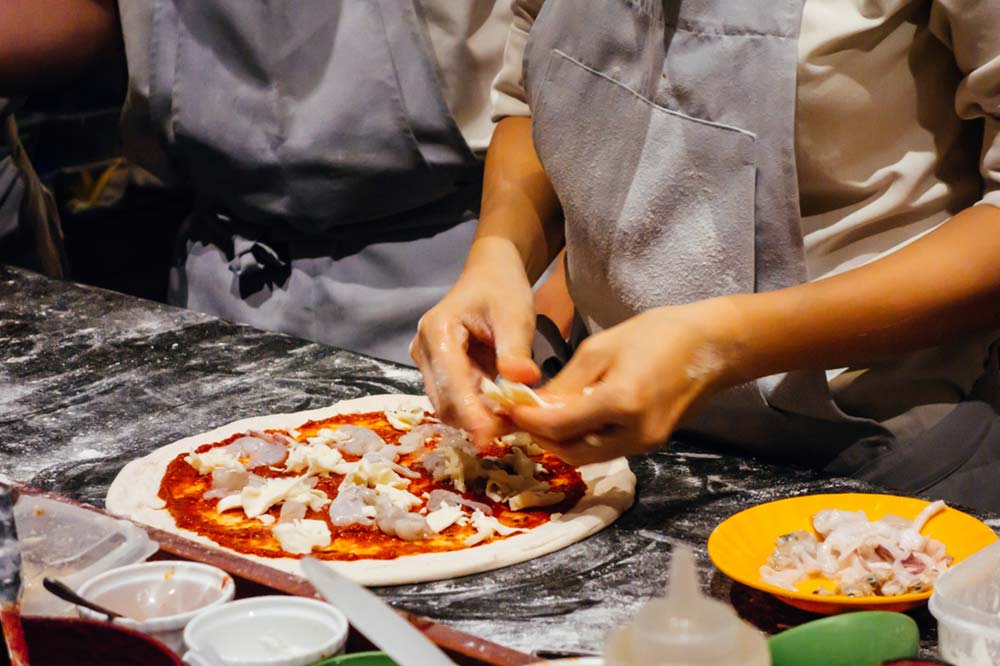
al di la Trattoria
248 5th Avenue
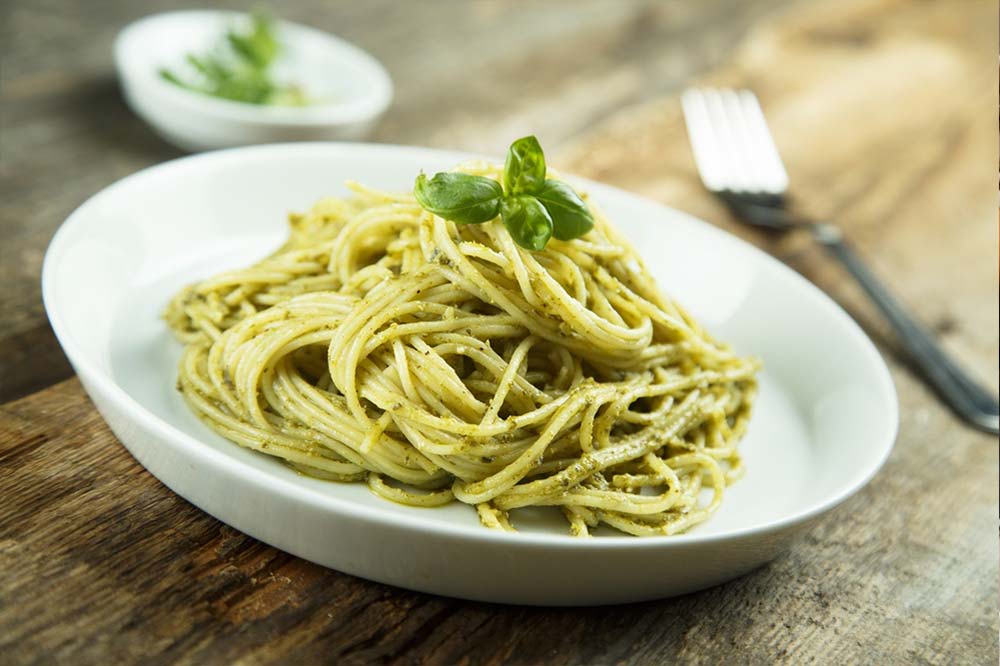
Piccoli Trattoria
522 6th Avenue
All Notable New Yorker photos courtesy of Wikipedia via Wikimedia Commons. Photo of Paul Bettany by Gage Skidmore from Peoria; Photo of Steve Buscemi by Rhododendrites; Photo of Laurence Fishburne by Chairman of the Joint Chiefs of Staff from Washington D.C; Photo of Talib Kweli by Tuomas Vitikainen; Photo of Angelique Kid Jo by HankBate123; Photo of Patrick Stewart by Gage Skidmore; Photo of Wentworth Miller by Andrew Horovitz; Photo of Sarah Paulson by Gage Skidmore;

